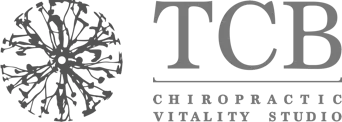What is Sciatica?
Sciatica is a condition where the sciatic nerve becomes impinged which can potentially cause a host of symptoms in the legs including pain, burning, tingling, and numbness. The condition is fairly common, affecting millions of Americans every year. As a result, many theories of the causes and potential treatments have been put forth by the medical community. There is a host of misinformation in the public domain, and this article will aim to dispell many of the statements made by mainstream medician concerning sciatic pain.
What Causes Sciatica?
WebMD states that Sciatica is caused by “a bulging or ruptured disc (herniated disc) in the spine pressing against the nerve roots that lead to the sciatic nerve. But sciatica also can be a symptom of other conditions that affect the spine, such as narrowing of the spinal canal (spinal stenosis), bone spurs (small, bony growths that form along joints) caused by arthritis, or nerve root compression (pinched nerves) caused by injury.” This is the answer any medical doctor would give you concerning the cause of sciatica – and it is all true. However, mainstream medicine fails to explain what causes things like bulging or ruptured discs, spinal stenosis, and bone spurs. The truth is that all of these conditions are a result of degenerative changes in the spine due to the misalignment of the vertebrae. In other words, the number one cause of conditions that create sciatic pain is the misalignment of the spine due to postural distortions. You can learn more about the degenerative effects of misalignments in the spine as well as poor posture by clicking here.
How to Successfully Treat Sciatic Pain
It is important to address the cause of degenerative changes in the spine including bulging and ruptured discs, spinal stenosis, and bone spurs in order to get relief from sciatic nerve impingement. The most effective way to stop and even reverse degeneration in the spine is to restore proper alignment and posture. People with sciatic pain tend to have at least one of three common postural distortions: lumbar hyperlordosis, lumbar hypolordosis, and lumbar scoliosis. Lumbar lordosis refers to the curvature in your lower back; having too much or too little curvature in this region can lead to sciatic nerve impingement. Scoliosis is an s-shaped misalignment seen from the front of the spine which can also lead to nerve impingement. The only way to correct these postural distortions is through a technique called Chiropractic Biophysics (CBP) where the practitioner uses specialized technology to retrain the muscles, tendons, and ligaments in the spine. In addition, it is crucial for your health to maintain proper postural habits and biomechanics. If you haven’t already, take a look at our free video that will give you 3 tips to instantly start to improve your posture. Dr. Terry is the only doctor in Boulder who practices CBP for the entire spine. So if you live in the Boulder area, you can schedule an appointment with Dr. Terry by clicking here. If you are not living near Boulder, you can find a CBP doctor by clicking here.

